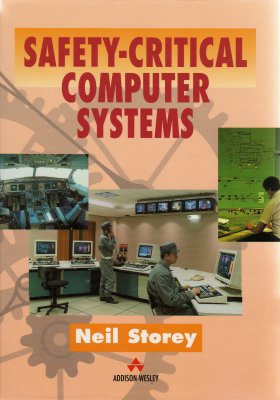Safety Critical Computer Systems
Increasingly microcomputers are being used in applications where their correct operation is vital to ensure the safety of the public and the environment: from anti-lock braking systems in automobiles, to fly-by-wire aircrafts, to shut-down systems at nuclear power plants. It is, therefore, vital that engineers be aware of the safety implications of the systems they develop.
This book is an introduction to the field of safety-critical computer systems written for any engineer who uses microcomputers within real-time embedded systems. It assumes no prior knowledge of safety, or of any specific computer hardware or programming language.
Key features include:
• Covers all phases of the life of a safety-critical system from its conception and specification, through to its certification, installation, service and decommissioning.
• Provides information on how to assess the safety implications of projects and to determine the measures necessary to develop systems to meet safety needs.
• Gives a thorough grounding in the techniques available to investigate the safety aspects of computer-based systems and the methods that may be used to enhance their dependability.
• Uses case studies and worked examples from a wide range of industrial sectors including the nuclear, aircraft, automotive and consumer products industries to illustrate the material.
Audience:
This text is intended for both engineering and computer science students, and for practicing engineers within computer related industries. The approach taken is equally suited to engineers who consider computers from a hardware, software or systems viewpoint.
Publication details: Published by Pearson, 472 pages.
ISBN: 0-201-42787-7


